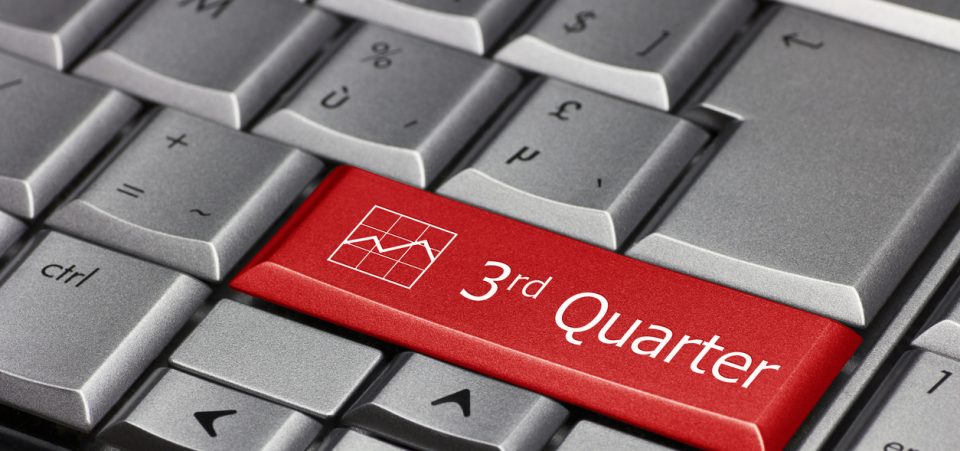Headline GDP Figures Suggest U.S. Economy Growing at Stellar Pace
Investors are cheering. They are looking at the headline economic data and they are convinced the U.S. economy is growing.
On November 29, the U.S. Bureau of Economic Analysis (BEA), in its second estimate, reported that the U.S. gross domestic product (GDP) grew at an annual pace of 3.3% in the third quarter. In its preliminary estimate, the BEA said the U.S. economy grew at an annual pace of three percent. (Source: “National Income and Product Accounts Gross Domestic Product: Third Quarter 2017 (Second Estimate): Corporate Profits: Third Quarter 2017 (Preliminary Estimate),” U.S. Bureau of Economic Analysis, November 29, 2017.)
Giving credit where credit is due, there is no doubt the headline GDP numbers are great. The second- and third-quarter growth in the U.S. economy was one of the best since early 2015.
Details Suggest American Consumers Struggling
But it’s important to look at the details. That’s where the devil resides, and the details say a lot of problems still persist.
Before going further, there’s one thing that must be said; American consumers are very important when trying to examine the health of the U.S. economy. After every recession, it was the American consumers that helped boost the economy. We are talking about consumer spending here. As they spent more, the U.S. economy flourished.
You know why U.S. GDP grew in the third quarter?
Hint: It wasn’t because of consumers.
This is what the BEA said, “The acceleration in real GDP in the third quarter reflected an acceleration in private inventory investment, a downturn in imports, and smaller decreases in state and local government spending and in residential fixed investment that were partly offset by decelerations in PCE, in nonresidential fixed investment, and in exports.” (Source: Ibid.)
PCE stands for personal consumption expenditure, meaning personal spending.
In the third quarter, consumers weren’t regarded as a “critical” part of U.S. GDP either.
Consider that PCE just added 1.6% to the overall 3.3% increase in the U.S. economy. In other words, the U.S. economy would have grown 1.7% regardless of what happened to consumer spending.
In the second quarter, the U.S. economy grew 3.1%. PCE added 2.24% to it. Without consumers, the U.S. economy would only have grown less than one percent.
What Does It All Mean?
Dear reader, it can’t be stressed enough; pay attention to the details. On the surface, economic data is looking great, but there are some fundamental problems that need to be addressed.
If you want to see real economic growth, follow American consumers. They are currently facing several headwinds. With higher interest rates coming as the result of a “growing U.S. economy,” they could be suppressed further.
One example could be that because of high interest rates, many Americans suddenly won’t be able to afford homes. This impacts overall consumption.
I ask: How long could the data remain strong without American consumers?
I suspect that in early 2018, we could see the economic data turn and then investors could be asking if there will be a recession. Obviously, as time passes, we will know more.






